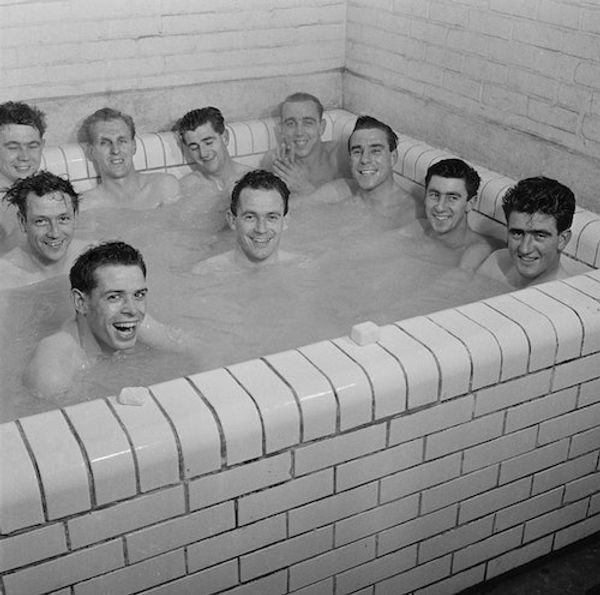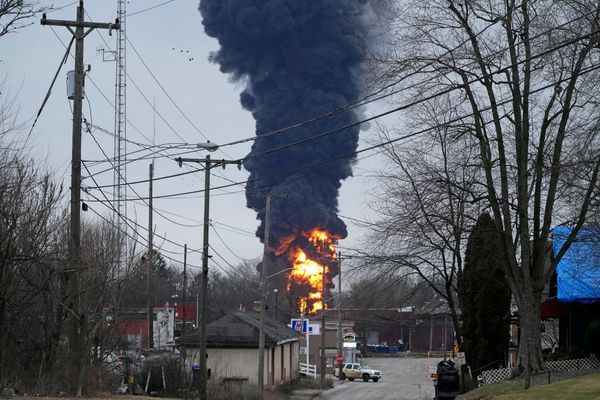In the United States, more than 23 million households get their drinking water from private wells. Unlike public drinking water systems, these wells are not regulated for safety by federal or state governments. They can become polluted by many substances and cause kids to get sick.
If your family drinks water from a private well, it is important to test the water regularly to make sure it is safe. Additionally, be sure to ask about testing if your children drink well water at child care, school, camps or when your family travels.
The American Academy of Pediatrics recommends the well be tested once a year for coliform bacteria and nitrates for families using it as their water source.
You may need to test your water more often if:
— Someone in your household is pregnant or nursing
— There is a new infant or a child under 1 year of age in the home
— You've had unexplained illnesses in your household
— Your neighbors find a dangerous contaminant in their well water
— The smell or taste of your well water changes
— There's a chemical spill near your well
— There are new fracking operations, underground chemical storage tanks or other industrial operations in your area that could contaminate the ground water
— You had a major repair or replacement in your well
— There was flooding or another disaster that may have contaminated your well
Just because adults can drink the water without any problems, that does not mean children can. Kids are more likely to pick up an illness from contaminated water than adults.
The main types of contaminants that can pollute wells come from chemicals and microorganisms (bacteria, viruses, fungi and parasites).
All water naturally contains chemical elements. The problem is when the water becomes polluted with potentially toxic chemicals. This can happen from naturally occurring chemicals in the well, such as arsenic, manganese and radium. It can also be caused by runoff from a nearby industry, farms or businesses.
Possible side effects from too much of some toxic chemicals in drinking water include:
— Miscarriage, stillbirth and low birth weight
— Skin pigmentation, melanosis and keratosis
— Gastrointestinal, pulmonary, cardiovascular, endocrine, immune and neurotoxicity
— Various cancers
— Learning and behavior problems
— Hearing and speech challenges
Studies show a substantial number of private wells contain levels of nitrates that are too high. Nitrates are a natural part of plants and certain fertilizers. They can seep into well water and pose a toxic risk to humans. Boiling does not remove them.
In infants, nitrates can lead to a dangerous condition called methemoglobinemia. This is a blood disorder that interferes with the circulation of oxygen in the blood. Formula prepared with well water may put babies at risk of nitrate poisoning.
If your well water contains a nitrate level above 10 mg/L, it should not be used in infant formula or food. Instead, use purchased water, public water supplies or water from deeper wells with minimal nitrate levels.
Bacteria, viruses, fungi and parasites are all microorganisms. Some types may cause illness and can pollute the groundwater that supplies wells. The biggest source of these microorganisms is solid waste from animals and humans.
To check for microorganisms, test your water for "total coliform bacteria." Most coliform bacteria do not cause disease. But if they are in your well water, this means that your water might be contaminated with dangerous microorganisms, such as E. coli.
Climate change and natural disasters can also affect drinking water, including private wells. Extreme weather events such as hurricanes, droughts and flooding can pollute groundwater with chemicals or microorganisms. Disasters such as wildfires, war and terrorist attacks can also result in wells becoming contaminated. For example, radioactive substances can be released due to an earthquake or a tsunami disrupting safe operation of a nuclear power plant.
Hydraulic fracturing, also known as fracking, is another potential threat to drinking water. Fracking is a process of extracting oil or gas from underground rock. The fluids used in fracking can contaminate groundwater.
If you have questions about well water, ask your pediatrician. Your regional Pediatric Environmental Health Specialty Unit has staff who can also address your concerns. You can find information about private drinking water well programs on the U.S. Environmental Protection Agency website.
———
ABOUT THE WRITER
Dr. Alan Woolf is a professor of pediatrics at Harvard Medical School. He is also the director of the Pediatric Environmental Health Center at Boston Children’s Hospital and the Associate Chief Medical Education Officer at Boston Children’s Hospital.










